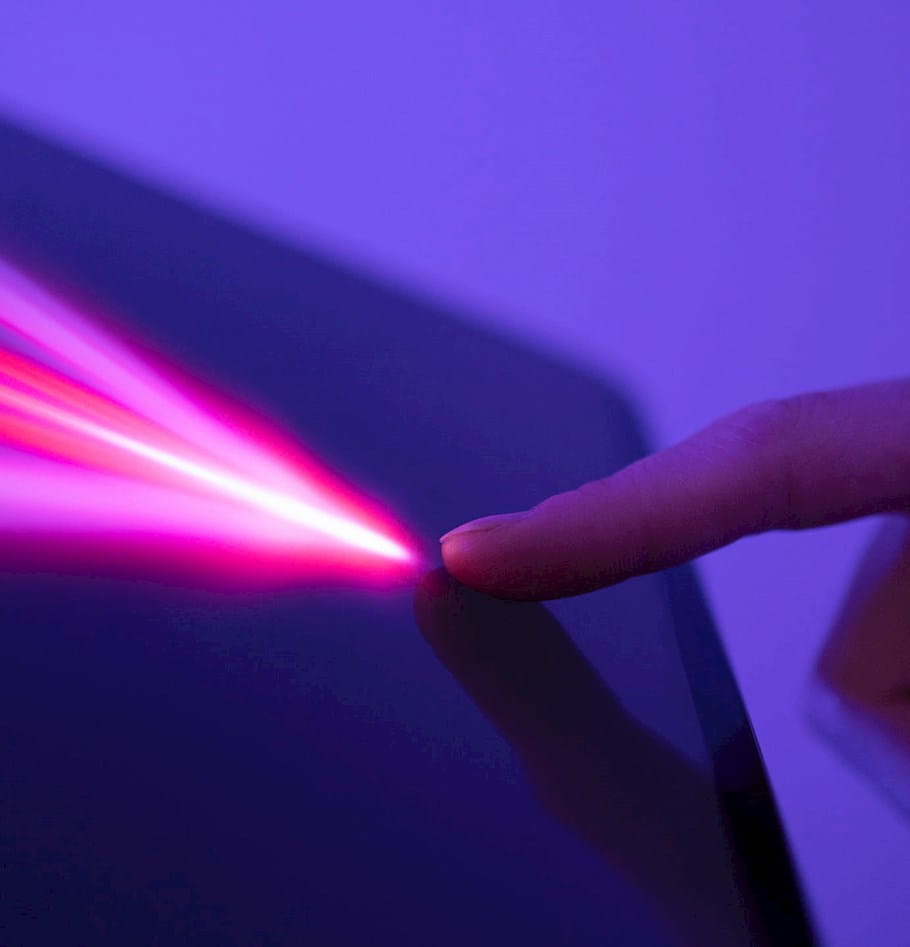Despite a cold M&A market in Minnesota, deal activity in healthcare remains hot
2019 has not been a banner year for Minnesota’s M&A market. After a half-decade of record-setting activity, the local M&A scene has cooled significantly, with the lowest reported deal volume and dollar values since 2013. According to Pitchbook data, total deal count for Minnesota companies for the first half of 2019 was 35% lower than over the same period in 2018.
The notable exception to this trend is Minnesota’s healthcare sector. From blue-chip to start-up, local healthcare businesses are posting some impressive numbers, which shouldn’t come as a surprise given the broader trends in this space. According to a recent report from Medical Alley, over $15B was spent on healthcare M&A in Minnesota in Q2 alone. This spending was driven by investments and acquisitions across the investment chain, from blockbuster deals like UnitedHealth Group closing its $4.3B acquisition of DaVita to $260M+ of startup capital being funneled into early-stage Minnesota healthcare companies.
Technology and innovation are driving healthcare M&A
It’s easy to focus on headline-grabbing blockbuster deals, but in our experience it is the middle-market that provides the clearest picture of what drives M&A. This is particularly true in healthcare, where technological innovation is fueling strategic disruption to healthcare business models. According to a report published by West Monroe last year, 36% of surveyed healthcare executives stated that the fast pace of technological change would pose the greatest challenge to healthcare over the next three years – more than any other trend. One outcome of this trend is that acquirers are increasingly searching for scalable, disruptive technology that is more readily found in small- and mid-market companies. In the same report, 39% of healthcare executives stated that a company’s emphasis on innovation was one of their top two concerns when evaluating a potential target.
The shift towards value-based care, among other factors, is accelerating the need for innovation
The percentage of healthcare payments tied to value-based care increased 48% from 2015 to 2017, with these payments encompassing approximately 80% of the United States’ covered population according to a report from the U.S. Department of Health & Human Services. Increased reliance on the coordination of population health and provider care, via mass quantities of accurate data moving in real-time, has pushed for health systems to adopt improved data standards, reporting environments, and more mature technology ecosystems.
West Monroe has been fortunate to play in this mid-market arena where technology is fueling disruptive growth. Our firm assisted with over 400 transactions in 2018, from due diligence to post-merger integration and value creation. Healthcare companies comprised more than one-third of that volume, spanning payers, providers, custom software platforms, medical device, and specialized service providers. That volume has doubled over the past three years, and the first half of the year suggests we are on pace for a 20% expansion in 2019.
Fortune 500 companies are investing in the middle-market
In Minnesota, we are seeing these trends cause larger, predominantly strategic investors to target middle-market companies that can help them stay ahead of the curve. For example, UnitedHealth Group’s recent acquisition of a software company, Equian LLC, for $3.2B provides a familiar template. With annual revenue shy of $300M in 2018, Equian does not significantly contribute to UnitedHealth’s inbound revenue strategies but will add technological capabilities to UnitedHealth, allowing it to open new growth pathways. This is only the most recent example of an increasingly common strategy as larger, strategic buyers seek to vertically integrate towards more technology-enabled service structures.
In addition, the local economic environment is helping to accelerate the growth and development of these mid-market healthcare targets as well. Minnesota is home to a growing early-stage funding environment that should only be helped by the reinstatement of the Angel Tax Credit on July 1, 2019. These early-stage investments remain critical for start-ups to establish the scalability that their larger buyers require to capitalize on the next wave of technological innovation.
It’s no secret that the healthcare industry is evolving, and that technology is the catalyst
Here in Minnesota, in addition to the usual suspects, even non-traditional players like Best Buy are getting in the game. Given this “new normal,” companies are wise to re-assess their corporate strategies through the lens of technological disruption. The most mature companies West Monroe is working with have welcomed the opportunity to jointly refine their strategies and identify what capabilities need to be added or improved across their value chain.
Innovation through acquisition brings new challenges
The growing popularity of innovating through acquisition presents two new challenges that must be met. First, due diligence scope needs to expand to address the functionality and scalability of the technology being acquired. Too often West Monroe has been engaged to (re-)create a strategic roadmap for a technology asset that was acquired without a well-articulated investment thesis. Second, once a company has closed a deal, they need to effectively integrate. Large, mature companies are notoriously bad at integrating smaller, more nimble ones. Especially in the case where a company is ingesting new capabilities or cultures, it is recommended to supplement an internal team with an outside manager that has experience in this area.
Given the ever-expanding pace of technological disruption in healthcare, the increasingly competitive market for technological assets, and the continued movement towards vertically integrated business models, we anticipate the Minnesota M&A market to see more of these mid-market healthcare technology acquisitions. While healthcare companies face many challenges, West Monroe can help buyers and sellers maximize value and better treat patients across a rapidly changing landscape.



